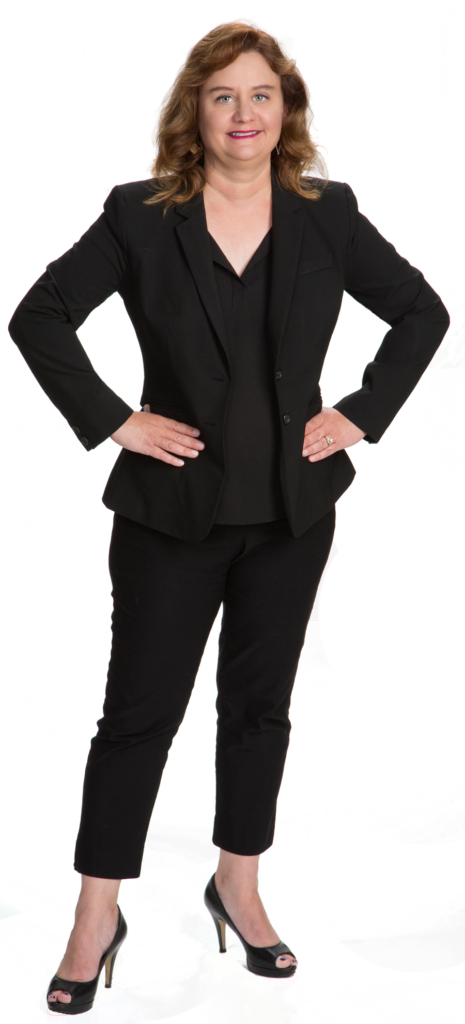Supreme Court Battle Set Over Prohibition of Disparaging Trademarks
Published: April 15, 2016
Section 2(a) of the Lanham act bars the registration of “scandalous, immoral or disparaging trademarks.” The USPTO has used this applied this provision to refuse the registration of marks such as F**K PROJECT, PORNO JESUS, ASSJACKED and NO $#!+. The USPTO also invoked this provision when it upheld an examiner’s refusal to register the mark THE SLANTS for a musical band on the grounds that it was offensive to Asian-Americans. The band appealed the refusal to register to the Federal Circuit.
The question on appeal was whether Section 2(a)’s prohibition on scandalous, immoral or disparaging trademarks is constitutional. The government defended the prohibition on the grounds that it disapproves of the messages conveyed by disparaging marks. The Federal Circuit noted that this prohibition does not further the Lanham Act’s purpose and preventing consumers from being deceived. This reason for denial of registration is for “reasons quite separate from any ability of the mark to serve the consumer and investment interest underlying trademark protection.”
The Federal Circuit found that Section 2(a)’s prohibition on registering disparaging marks is a content-based regulation which is presumptively invalid. Content-based laws – those laws that target speech based on its communicative content – are presumptively unconstitutional and maybe justified only if the government proves that the laws are narrowly tailored to serve a compelling state interest. The refusal to register a trademark because it is disparaging results from the government making a moral judgment based solely on the mark’s expressive content. The Federal Circuit found that the government’s desire to prohibit disparaging marks and the messages they convey is not a legitimate and compelling state interest. Based on this analysis, the Federal Circuit found this provision of Section 2(a) to be unconstitutional.
Subsequent to the Federal Circuit’s opinion, the band pushed the USPTO to immediately register its mark. In response, the USPTO said that it would suspend the registrations of all disparaging trademarks while it considered appealing the Federal Circuit’s ruling to the United States Supreme Court. Commentators believe that the US PTO will likely appeal the Federal Circuit’s ruling to the Supreme Court.
The Federal Circuit’s opinion may open the door for the registration of marks that may be potentially disparaging and new applications for marks previously refused registration based on Section 2(a). Further, the Federal Circuit’s opinion may have an impact on the case of Washington Redskins football team which is appealing the 2014 revocation of its REDSKINS trademark on the grounds that it was offensive to Native Americans.


